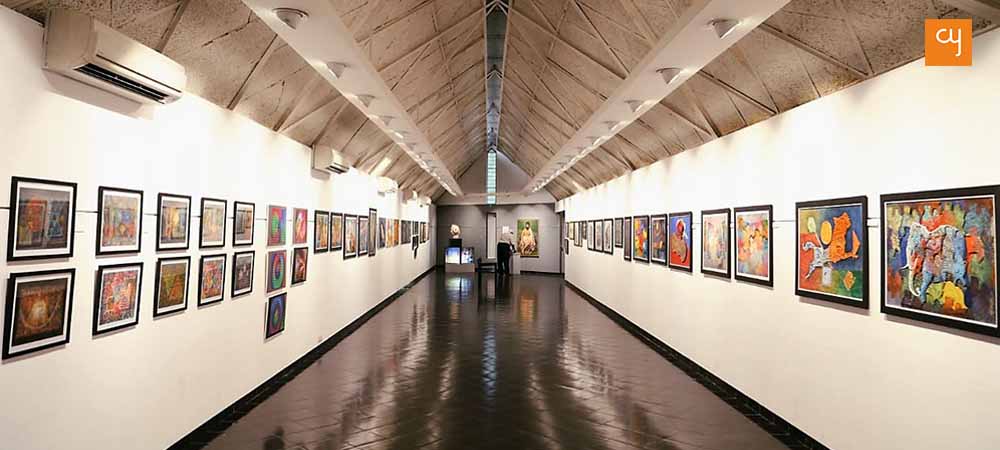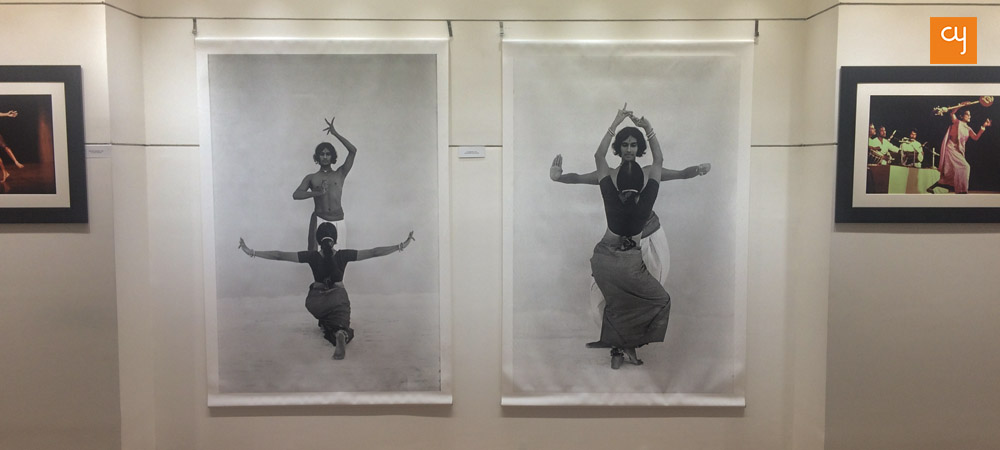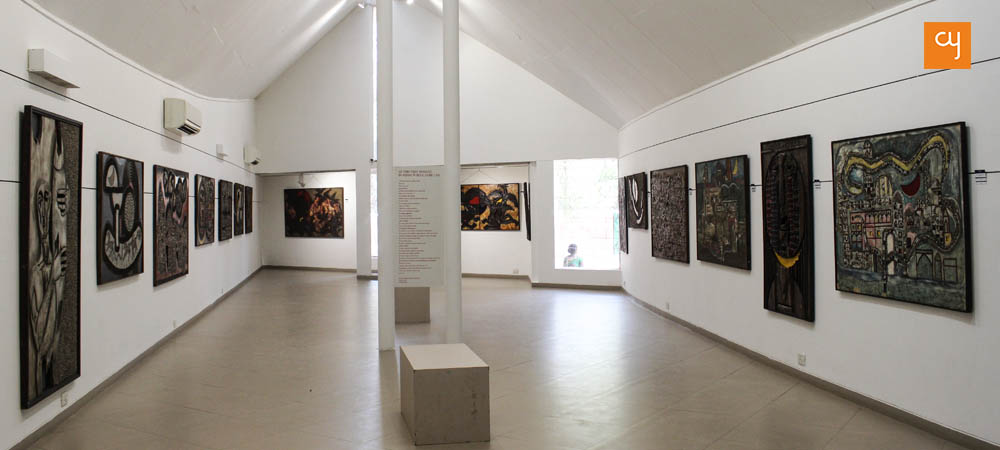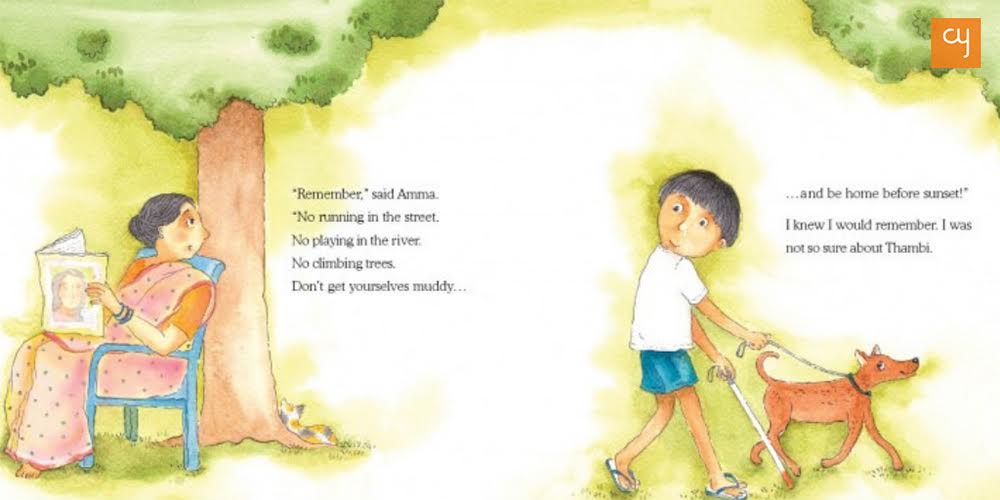Do art shows sell? Is there a ‘gallery culture’ in the city? Are Amdavadi artists optimistic or discouraged? Does the city support art? As Ahmedabad witnesses a rising number of art events, we investigate these questions through interviews with experts from the art fraternity.
Ahmedabad has a long history of art. Post-Independence, the city saw the establishment of the CN Kala Maha Vidyalaya and witnessed veteran artists like Ravishankar Raval, Kanubhai Desai, Somalal Shah, Piraji Sagara, Dashrath Patel, Rasiklal Parikh and MF Husain who, among many others, contributed to the city’s aesthetic landscape. Walk around the city and you will hear anecdotes of how its public spaces served as meeting spots for artists. Not many of the younger generation know that the old ‘Roopalee’ theatre, which has now been redeveloped into a commercial real estate property, bore a majestic mural on its facade made by well-known artist Satish Gujral in the 50s. While cinema halls and shopping malls have been mushrooming by the dozens in the city over the past few decades of economic growth, has Ahmedabad witnessed a similar, if not greater, growth in the field of Fine Arts? Or has the trend reversed?
We set out to probe what the art scene in Ahmedabad has really been like in recent times. The economics of the art market served as the barometer by which we could understand the demand and supply patterns and the influencing variables of the art world. I spent time at galleries, studios and residences of artists, curators, buyers and collectors, gallerists and educators, putting forth the question, “What’s the art scene in Ahmedabad like?” This was sometimes met with outright laughter, with the question being spun right back at me with an exclamatory “Is there really an art market in Ahmedabad!” At other times, I was reassured that a “large number of fresh faces and first-timers” are showing a growing interest in the city’s art shows. So what’s the scene really like?
First things first, do art shows in Ahmedabad sell?
Chaula Doshi, a well-known artist of Ahmedabad, believes that “Art shows don’t work in Ahmedabad so fantastically. People visit, attend and praise the artists’ work but no one comes forward and buys them.” A similar view is shared by a few other artists and curators that I spoke to. “Walk-ins into art shows of Ahmedabad have reduced these days,” opines Giriraj Kadia of Ginipi Arts, “And so has trade in art.”

Manan Relia, who runs one of the largest art collections in Ahmedabad at Archer Art Gallery, has a different view to offer, however. In good seasons, he ships almost 4 to 5 consignments of artworks across India within a week’s time. “Our range starts from Rs 500 and reaches sky-high prices,” he explains. “Since we serve a long range, we regularly get many first-time buyers.” Relia has recently launched a swanky new permanent display space in the upmarket Navrangpura area, which seems to affirm his optimistic view on the Fine Arts trade. Archer Art Gallery‘s national reach perhaps helps in balancing out effects of regional trends.
Chaitya Shah’s Marvel Art Gallery also houses a large collection of artworks in the city. But over the past three years, the gallery has not had exhibitions as frequently as art lovers would have expected. What’s going on? According to Shah, the market wasn’t doing so well. He admits that he manages to run a healthy business primarily through online sales and personal references. Seeing a positive movement in trading of late, however, he wishes to come up with a show this year.
As an arts correspondent, I have the fortune of visiting most art shows in Ahmedabad. Based on the information shared with me, and my own observations, my views too corroborate with the fact that walk-ins are a limited source of sales for art shows in the city. While there have been a few sell-out shows, the actual percentage of works sold across the entire gamut of exhibitions held in the city would not be very encouraging. However, this remains to be checked empirically. Meanwhile, like Chaitya Shah, Catharsis Art Gallery’s Tejas Shah also sells more artworks through personal references rather than exhibitions. “These days, I am focused on auctions and on trying to buy good artworks online to later sell them to my potential clients,” he says. “The works of masters are so much in demand that, a few years down the line, their prices can hike up by 200-250%.”
But “it is only the Masters’ works that have got investment value these days,” iterates Vrindavan Solanki, a senior artist of Ahmedabad. So what’s it like for upcoming artists who have been around for only a few years? Artist Chaula Doshi is wary that buyers these days would rather purchase printed reproductions of art made by veteran artists than buy original works created by upcoming artists. Chaitya Shah also remarks that “collectors and corporates demand works of upcoming artists only if they can foresee a potential future.” He adds on an optimistic note, however, that some companies prefer to collect works by younger artists because these fall within their budget and ROI can be recovered quickly on them.
Vrindavan Solanki offers a reassurance, however. If an artwork is genuinely made with creativity, buyers will automatically be attracted towards it, he believes! “A work that is heartily made by an artist automatically touches the viewers,” he says.
So the road is hard. But do artists eventually receive their due recognition?
In Ahmedabad, artists who have been practising since 10 years or so are still struggling to get fair prices from buyers, says an experienced person, on condition of anonymity. Perhaps what’s most poignant is that most artists receive recognition only after decades of practice, such that by the time their art’s monetary value reaches its pinnacle, they lack the energy to create art with the same energy as they once did.

Sure, the prices of artworks by Master artists are ascending in today’s art market at large. But there’s a grey side to this picture too. Artists don’t earn any royalty when their artworks are sold in auctions, argues art writer Georgina Maddox in Scroll. To know more about this, we decided to converse with the Padma Shri winning artist Manu Parekh who hails from Ahmedabad, who recently exhibited his 6 decade-long repertoire of work across India. He says, “Countries like France are doing a fair deal with artists by providing them re-sale rights, but there is no such practice in India. I still remember Tyeb Mehta’s very old work, which was commissioned for Rs 6 Lakh and was later sold for around Rs 15 crores in an auction. All he and his family earned was appreciations. Although the sales do help in amplifying the overall value of an artist, he needs immediate money to survive, right?”
Vadodara-based Modernist artist, photographer and print-maker Jyoti Bhatt has a similar view to share with us. Though he has never given his works to auction houses directly, when his works have been auctioned through collectors or galleries, he has not received even “a single paisa” from these deals. Claiming royalties for artists seems to be a rising debate in India’s art scene at large.
Educationist and sculptor Ratilal Kansodaria, who serves as the Principal of Sheth CN College of Fine Arts, reveals another dark side to the art industry, noting that some “traders make replicas of art pieces and give them on rent to art connoisseurs, without the consent of the artist.” Could we be optimistic and pin this down to the hypothesis that perhaps there is a high demand for art which cannot be met by wallets in ethical ways? Perhaps this is why organisations like ArtBuRt and Floating Canvas Company are legally offering artworks on rent to art connoisseurs, corporate organisations and restaurants, who would otherwise have to buy these artworks. The renting method creates regular income for the artists and gives young artists visibility beyond what exhibitions and galleries can provide. The ‘Art on Rent’ market, however, is still an untapped one in Ahmedabad. Moving to online spaces might just be the need of the hour though, argues a recent FICCI-KPMG report about the visual arts industry.
Does Ahmedabad have a ‘gallery culture’?
According to Kansodaria, artists in Ahmedabad are suffering because of a lack of involvement by galleries in their shows. Today, an artist often has to focus more on publicising his show, on handling its logistics and on creating social media buzz for it. All of these tasks should ideally be undertaken by a gallerist, he argues. Due to the lack of a gallery format, the artist gets caught up in making his artworks ‘likeable’ so that they can be commercial successes, rather than focusing on creating expressive works. Does Ahmedabad have something to learn from the gallery formats of other cities? This might well be a question worth asking.
Compared to other metro cities in India, however, exhibition spaces in Ahmedabad are much more accessible and not too heavy on the pockets. Maybe this is the reason why Ahmedabad sees a large number of shows organised by artists themselves, without the involvement of professional curators or galleries. Worldwide, most galleries incur approximately 40-50% of commission from pieces sold at an exhibition, according to an article on PetaPixel. But in shows self-organised by artists, there is no gallerist involved and hence the entire pie is left for the artist/organiser. There are two sides to this picture, however. While an artist can organise an entire show at low cost and also earn the entire share of its sales, the flip side is that Ahmedabad has an infrequent, if not negligible, number of shows that are curated and professionally marketed.
One of the few galleries that has a strict curatorial process in place is Satya Art Gallery. The gallery’s main focus is on photography. Ace photographer Vivek Desai, the Managing Trustee of Navjeevan Trust, which houses Satya Art Gallery, explains to us the procedure that the gallery’s in-house team follows, “When we receive an exhibition entry, we make sure that we scrutinise it completely, allow a veteran to analyse it, and then take further decisions. Veterans, including Esther David and Manu Parekh, help us in curating art shows. Photograph entries are usually selected by me and one of my friends, who is also a senior lensman.” In this way, be it for Satya’s own shows or external shows, the process ensures control over quality. For an external artist’s show, though Satya is involved in the curatorial process, the gallery follows a ‘no-cut’ policy, allowing the exhibiting artist to have the full share of sales. Like other exhibition spaces of Ahmedabad, they only take a fixed rent from the artist.

The ‘gallery’ culture of Ahmedabad also works best for the purpose of sales, adds Chaitya Shah. Collectors of Ahmedabad prefer to reach out to galleries that have their own collections, rather than to individual art re-sellers. “Through this, they have a chance of choosing from a wider collection, which generally isn’t available with local re-sellers,” he says. Nonetheless, most look forward to the viewing experience of exhibitions, we gathered by talking to a few collectors.
Compared to other cities, it becomes evident that Ahmedabad does have a relatively limited ‘gallery culture’, in the sense that most exhibitions here are still uncurated and lack professional marketing efforts. Having said that, my observation says that there’s a steady increment in the flow of visitors to art shows. This might be a sign that the city needs a permanent gallery that can organise curated shows throughout the year; I have a sense that the city can definitely sustain a few such investments.
Does Ahmedabad, as a city, support art?
“There was a time when the Government allotted a fixed budget to purchase artworks for civic bodies, but that trend isn’t visible anymore,” says Shujaat Mirza, an avid art collector. “Places like Vadodara, especially MS University, still have an environment of mentorship, wherein artists sit and paint in groups together. This is not so frequently visible in Ahmedabad. The increase in taxes (GST) has definitely played a role in the fluctuation of the art market in Ahmedabad too.” Mirza also laments over the lack of well-designed and curated shows in the city.
Ruby Jagrut, an organic dye painter who founded the art competition Abir First Take, shared with us how she thinks cities can actively support art. “The public art and sculptures designated at various crossroads in Ahmedabad are a very good platform for artists to catch eyeballs,” she says. “But unfortunately, this has not been happening as it should be. Every sculpture looks more like a descriptive figure, and not a piece of art that has been made keeping in mind multiple perspectives. I have visited various countries and have seen beautiful artworks in public places, but after seeing these lion-tiger ones in Ahmedabad, I don’t feel they are curated works at all. The Municipal Corporation of the city should make sure that more and more artists are making public art with original, creative ideas.”
If the city supports public art, more and more citizens might be sensitised and inspired to collect original artworks. Jagrut’s experience with the competition Abir, which has seen an incremental flow of entries from young and upcoming artists from across India, is a positive testament to the latent potential that is simply waiting to be seen and collected!
Furthermore, Tejas Shah from Catharsis Art Gallery believes that the corporate markets have also been left untapped in Ahmedabad. Every large organization should have a department to manage art investments for its company, he believes. There is another growing community in Ahmedabad that has both the aesthetic sensitivity and power to support the art market. “The interior designers and architects of Ahmedabad are helping a lot in getting commissioned works,” say contemporary artists Rakesh Patel and Harshil Patel. “But they need to explain to the clients about giving artists independence. Usually, people come up with a preferred design and ask us to paint accordingly, which doesn’t give us freedom in experimenting with perspectives.” But largely, their influence does lead to buyers investing in art.

As we’ve seen, not everyone expresses doubts about the state of Ahmedabad’s art scene. Niharika Shah of the Kanoria Centre for Arts Gallery, who frequently meets various young artists studying at the institution, seems quite content. With a gracious smile on her face and expressive hand gestures, she explains, “Our gallery has recently witnessed more walk-ins with fresh faces in its latest shows.” Hearing an optimistic point of view from an inside authority gives me a ray of hope that Ahmedabad’s citizens are indeed interested in art for art’s sake!
So what’s really happening on ground?
There is clearly no dampening in spirit among the artists themselves, who are as keen as they’ve ever been to exhibit in Ahmedabad, if not more! According to Vinay Pandya, who is associated with Amdavad Ni Gufa, the Herwitz Art Gallery is “fully booked for 2018-19” and they are already taking bookings for 2020! The number of events that revolve around the arts have also gone up, be it shows like Art e’ fair that have brought the likes of Royal Fables to the city, or the Urmila Kanoria-backed annual Arts gala at Kanoria Centre, or megascale art festivals like Sabarmati Festival and Abhivyakti City Arts Project. It’s worth noting that some galleries from around India like Radart, Art Tune and Vis-a-Vis, regularly choose to hold exhibitions in Ahmedabad. Shows by young and first-time exhibitors are also a common sight.

We regularly see a lot of activity at the gallery of the state-managed Ravishankar Raval Kala Bhavan, which sponsors shows of upcoming artists. That the galleries are being undertaken for renovation by the department is also a positive sign. It’s also a welcome sign to see patron institutes like the Kasturbhai Lalbhai Museum organise educational forums that call experts from outside the state for talks and lectures. More such events would do a lot to usher in new buyers to galleries, which would serve as a strong source of sales in the long-term.
So where does all this bring us?
While experts from the art fraternity have diverging views on the state of the art scene of Ahmedabad, there are a few aspects upon which we see clear agreements. Most agree that greater support for public art from the authorities and other stakeholders can transform the citizens’ interest in art, gradually making aesthetics as important a pursuit as economics in the city. Another point of agreement is that the current rate of tax on art needs to be lowered, as it serves as a strong impediment, especially for new artists and new buyers.
Artists need buyers to support their works – that is a reality. While the above two points are ideal solutions and long-term ones at that, what are the possibilities in the short term? For this, a culture that ensures quality needs to develop between artists, galleries and curators. More involvement from galleries in curation, display and marketing support can turn around the demand for art. This has already started happening – in the first half of 2018, the city witnessed a host of big and small shows that were dealt with through apt curation, as well as relevant social media strategies. Many recent shows have seen packed galleries, even on weekdays.
Ahmedabad is home to several great design and architecture institutes which regularly add, both in knowledge and in terms of practitioners, to the city. This ever-growing community of architects and designers holds immense power to form a support system for artists, to influence corporates as well as individuals to bring art into their work and home spaces.
Here’s looking forward to more art on Ahmedabad’s walls!
Yatra Archives

 How Tulika Books is creating impact in children’s lives through picture books
Nandini Varma
How Tulika Books is creating impact in children’s lives through picture books
Nandini Varma
Aug 20, 2019
A children’s book about a boy who feels like a girl. And about a child brought up by grandfathers. These are some of the stories published by Tulika Books, who have been making children’s picture books since 23 years. Little…
 Dalgona Coffee: A worldwide social media trend about home-made café experience
Harshil Shah
Dalgona Coffee: A worldwide social media trend about home-made café experience
Harshil Shah
Apr 1, 2020
While the lockdown has ignited various trends on social media, one that has received a major global following is #DalgonaCoffee. With thousands of posts on its name, here’s all you need to know about the Dalgona Coffee wave. I first…
 Leonardo, Michelangelo, Raphael and Donatello—Artists or Teenage Mutant Ninja Turtles characters?
Harshil Shah
Leonardo, Michelangelo, Raphael and Donatello—Artists or Teenage Mutant Ninja Turtles characters?
Harshil Shah
Nov 4, 2019
Did you ever wonder where the Teenage Mutant Ninja Turtles’ characters got their names from? Well, your search is complete. Here is a brief introduction of the artists from whom the creators of TMNT took inspiration. Teenage mutant ninja turtles,…
 The call of the mountains: orthopaedic Dr Yatin Desai’s advice on trekking
Himanshu Nainani
The call of the mountains: orthopaedic Dr Yatin Desai’s advice on trekking
Himanshu Nainani
May 23, 2019
In this piece 64 year old Dr Yatin Desai, shares with CY his inspiring story of how to scale towering mountains with utmost ease and how this life adventure activity can shape human character and health. Chances are high that…




